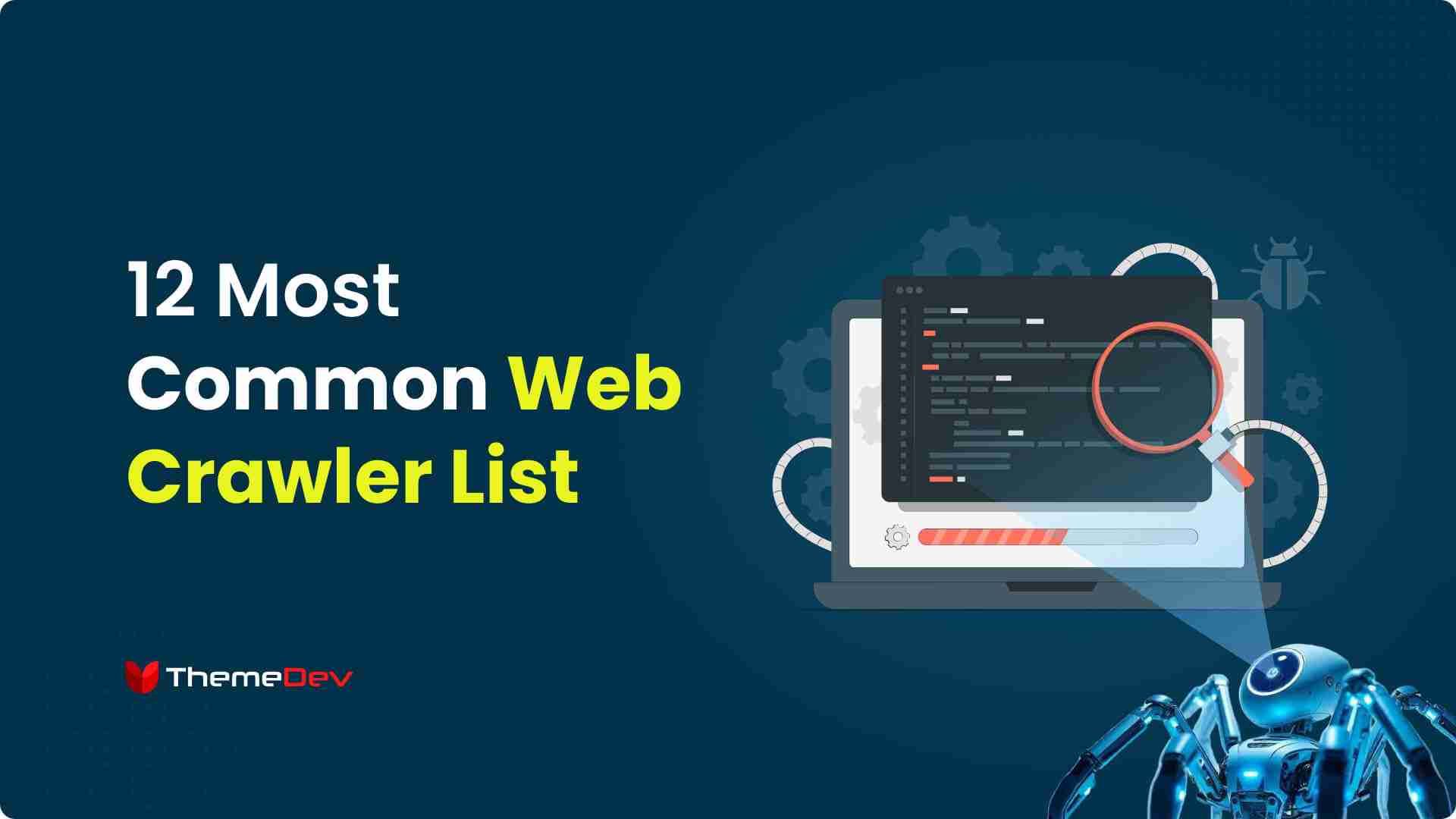Do you know? Over 40% of internet traffic comes from web crawlers! These little digital explorers are like busy bees. They buzz through websites and gather information that shapes what we see online. Some crawlers boost your SEO and website visibility. But others can cause mischief and trouble like uninvited guests.
Imagine this: you’ve built a beautiful garden (your website). Without the right care, helpful pollinators and harmful pests buzz in. What if you could identify which ones to welcome and keep out?
That’s where web crawlers come in. These tools collect data and help search engines index your site. It also strengthens your security. They are the ladder to SEO and your site security.
This guide will unlock the secrets of the 12 most common web crawlers. You’ll learn their roles, and how they impact your website. Also, some actionable tips to optimize your site while safeguarding it.
Ready to take control of your digital garden? Let’s dive in!
What Are Web Crawlers and How Do They Work?

Imagine a library where a tiny, tireless robot runs from shelf to shelf. They read every book, take notes, and organize them neatly. That’s what web crawlers do on the internet! They are like digital detectives. They scan websites, collect data, and make it easier for search engines to show you what you need.
Web crawlers are also called bots or spiders. These are programs that explore the web nonstop. They have three main jobs:
- Crawling: They “walk” through websites, and look for content.
- Indexing: They sort and save the content into categories, just like a librarian.
- Serving: They deliver this organized information when someone searches online.
Do you know why web crawler matters? It helps you find what you are searching for in seconds. Googlebot is one of the most famous crawlers. Others, like AhrefsBot, assist businesses to improve their SEO. Even history gets a hand with Archive.org Bot to preserve old web pages for the future.
But remember, all crawlers are not friendly. Some may disrupt your site like pesky flies. Learning how they work helps you welcome the helpers and block the troublemakers.
Why Knowing Web Crawlers is Essential?
Your website is like a shining castle. It is full of valuable treasures: your content, services, and ideas. Now imagine tiny messengers (web crawlers) who constantly visit, and deliver news about your castle to the world.
Some are knights, who boost your visibility. But there are some sneaky spies, who try to steal your secrets. Wouldn’t you want to know who’s who?
Web crawlers are more than just visitors. They decide how well your site performs in search engines. When you understand them, you unlock powerful tools to make your website shine like a diamond:
- Boost SEO: Friendly crawlers, like Googlebot. This helps your site rank higher by indexing your pages efficiently. Missing this? Your site might stay hidden in the shadows.
- Protect Performance: Too many bots can slow your site down, like traffic jams. Knowing your crawl budget ensures the right bots visit without causing chaos.
- Stay Secure: Not all crawlers are knights. Malicious bots can steal data. Spotting and blocking them keeps your site safe.
- Sharpen Content: Web crawlers highlight your most important pages. This ensures they can show the best of your website to the world.
By learning about web crawlers, you become the gatekeeper of your castle. You let the heroes in and keep the villains out.
Ready to guard your digital treasure? Let’s explore the 12 most common web crawlers!
The 12 Most Common Web Crawlers

Ever wonder how search engines know about millions of websites? Meet the web crawlers: the unsung heroes (and sometimes villains) of the internet. These digital explorers constantly visit websites and gather information like bees collecting nectar. Here are the 12 most common web crawler lists you should know:
1. Googlebot
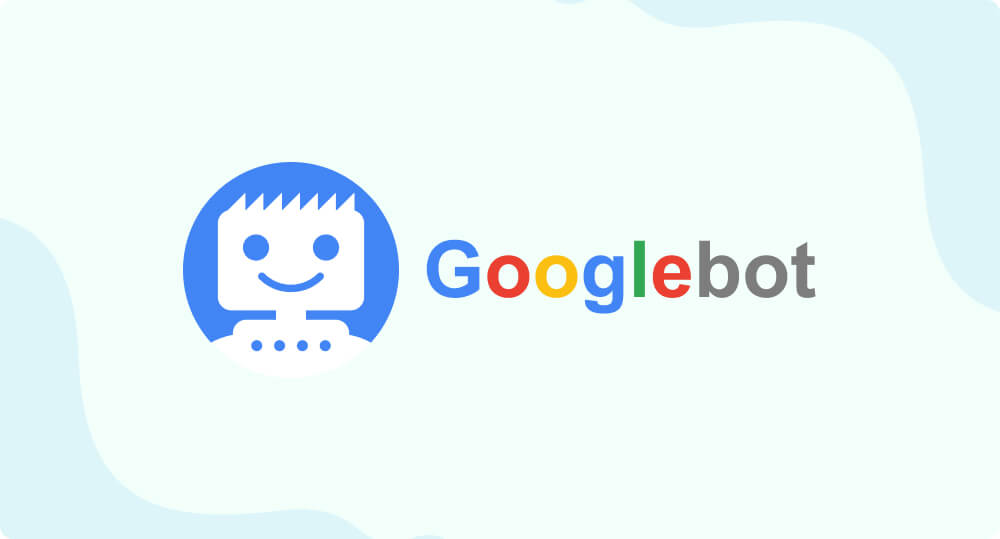
Googlebot is like a busy librarian. It rushes through endless shelves to find the best books: your web pages. Gogglebot is owned by Google. This bot scans and indexes websites to decide where they rank on Google Search. Its mission? To match users with the most useful content.
Want Googlebot to love your site? Keep your robots.txt file friendly by allowing key pages. Submit your sitemap to Google Search Console.
It’s like giving the librarian a map of your best chapters. More visibility, and better rankings!
2. Bingbot

Bingbot is Bing’s own treasure hunter. It searches the web for gems (web pages) to show in its search results. Bingbot is owned by Microsoft. This crawler works day and night to index websites and help Bing users find answers quickly.
Want Bingbot to treat your site like gold? Use Bing Webmaster Tools to optimize your pages and focus on a mobile-friendly design.
It’s like rolling out the red carpet for a VIP guest, better indexing, better results!
3. Yahoo Slurp
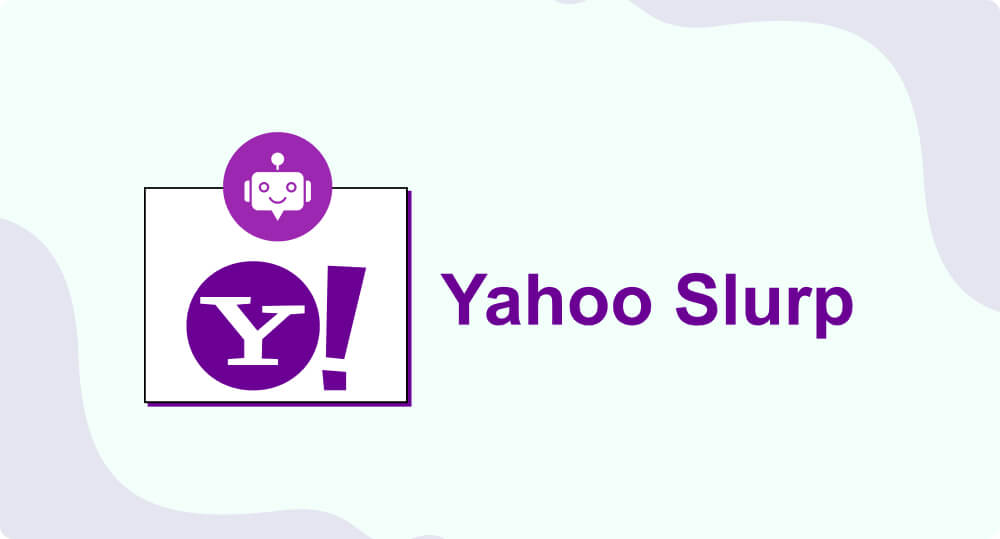
Ever heard of a web crawler with a hearty appetite? Meet Yahoo Slurp, the bot that “slurps” up your website’s content to fuel Yahoo’s search results. Yahoo Slurp is owned by Yahoo. It works closely with Bing. This uses Bing’s index to show users the best pages.
Want Yahoo Slurp to savor your site? Use the same SEO tricks as you do for Bing.
It’s like cooking one great dish for two hungry guests: both Yahoo and Bing will love it! Keep it simple, clean, and mobile-friendly.
4. Baidu Spider

Baidu Spider is China’s superstar searcher. It weaves through the web to power Baidu: the top search engine in China. This bot loves to explore websites and gather information. It helps millions of users find what they need.
Want Baidu Spider to shine a spotlight on your site? Translate your key pages into Mandarin if you aim to reach the Chinese market.
It’s like learning the local language. It shows respect and makes connections stronger. Baidu Spider also unlocks new audiences effortlessly!
5. Yandex Bot

Yandex Bot is Russia’s own detective. This bot searches the web to bring the best results to Russian users. This bot works for Yandex, the biggest search engine in Russia.
Want Yandex Bot to find your site? Focus on fast-loading pages and add Cyrillic content for Russian users.
It’s like tuning your car for a smooth ride: faster, easier, and ready for your audience!
6. DuckDuckBot

DuckDuckBot is the privacy hero of the web. It works for DuckDuckGo, the search engine that puts privacy first. Unlike other bots, it doesn’t track users. This feature makes it a favorite for those who care about online security.
Want DuckDuckBot to find you? There’s no secret formula. Just focus on privacy-friendly practices.
It’s like locking the door to keep things safe and DuckDuckBot will love it!
7. Applebot

Applebot is like the secret agent behind Siri and Spotlight. It hunts down content to make sure you get the best suggestions when you ask your Apple device a question.
Want to get noticed? Make sure your site is mobile-friendly and ready for voice search.
It’s like setting up your shop in a busy mall: Applebot helps people find you quickly!
8. AhrefsBot

AhrefsBot is your detective in the world of SEO. This crawls the web and scans your competitors. By this, it helps you to stay one step ahead.
Want to beat the competition? Keep an eye on crawling frequency to avoid overloading your server.
It’s like managing traffic during rush hour: keep things smooth, and you’ll get more visitors.
9. SEMrushBot

SEMrushBot is your strategic ally in the SEO world. It scans the web, analyzes competitors, and uncovers insights to help you stay ahead.
Want to outperform the competition? Monitor the crawling frequency to avoid overwhelming your server.
It’s like controlling traffic flow during rush hour. This maintains balance, and you’ll attract more visitors.
10. Meta Web Crawlers
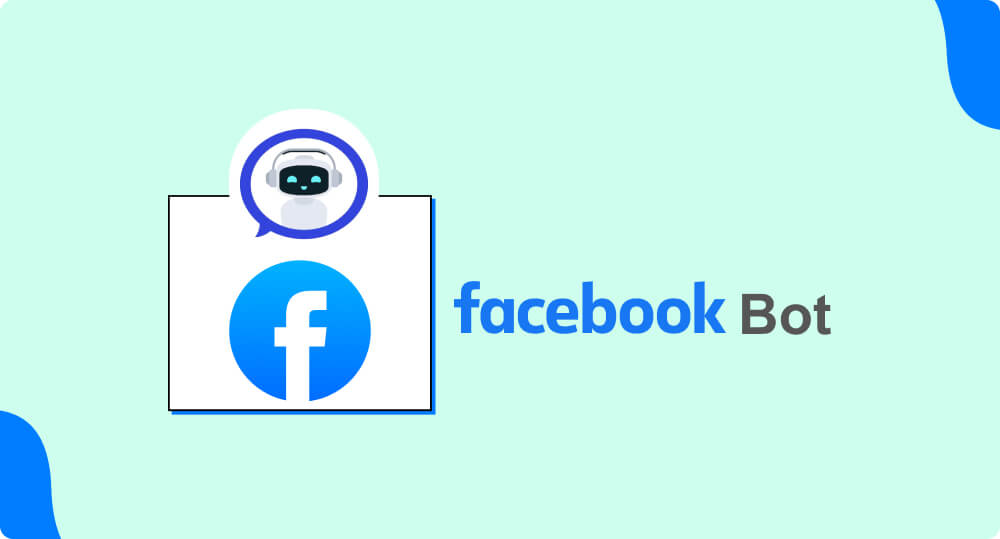
Have you ever shared a link on Facebook and wondered how it gets a neat preview? That’s the magic of the Meta Web Crawlers.
This crawler grabs your page details to create beautiful link previews. To make sure your preview looks sharp, use Open Graph metadata.
It’s like setting the stage for your show: a clean, clear performance that steals the spotlight!
11. Twitterbot

Ever wonder how links look so perfect in tweets? That’s the Twitterbot’s job! It fetches your website’s details to create eye-catching previews.
Without proper meta tags, your links might look plain and boring. But with the right tags, your links shine like stars in the Twitter sky! A great preview can make people stop scrolling and click! Don’t miss the chance to impress.
It’s dressing your content for the red carpet. Add meta tags, and let your links steal the show.
12. Archive.org Bot

What if your website becomes a time traveler? That’s the magic of Archive.org Bot!
It saves your pages for the Wayback Machine, turning your site into a digital memory. Want to keep private things private? Block this bot and stop it from archiving. But, if you love the idea of your site lasting forever, let it work its magic.
It’s like a scrapbook for the internet. Don’t let sensitive content sneak in decide what gets saved! The power is in your hands.
Specialized and Niche Web Crawlers
Ever wonder how Pinterest finds the perfect image or why a competitor knows your prices? Meet specialized web crawlers!
These bots aren’t your typical explorers. Pricing bots compare prices faster than a bargain hunter at a sale. Media crawlers, like Pinterestbot, grab visuals to build rich boards and ideas. News aggregators scoop up headlines to keep readers in the know.
They don’t just index for search engines—they dig deeper, like detectives chasing a lead.
The problem? These crawlers may sneak in where they aren’t wanted. The solution? Set your rules! Use robots.txt to welcome or block them. Want to attract media crawlers? Optimize your images and tags. Prefer privacy? Tighten your digital locks.
Think of these crawlers as guests at a party. Invite the right ones, and your content shines. Let the wrong ones roam, and things might get messy. Control your space and shine online!
How to Optimize Your Website for Web Crawlers?

Web crawlers are like shoppers in a store. If things are messy, they’ll miss the best deals. Let’s make your website a neat, easy-to-navigate store they’ll love!
- Boost Crawlability: Use clear menus and an updated XML sitemap. It’s like giving crawlers a treasure map to your best content.
- Focus On Indexing: Add metadata like page titles and descriptions. Avoid duplicate content, it’s like serving the same dish twice at a dinner party!
- Manage Your Crawl Budget Wisely: Block low-value pages (like admin links) and connect your content with smart internal links. Crawlers only have so much energy, don’t waste it.
A well-optimized site is like a shiny magnet for web crawlers. They’ll love it, and so will your visitors. Remember, a little effort today means big traffic tomorrow!
How to Identify Web Crawlers in Your Logs?

Ever feel like a detective, chasing clues in your website logs? Hidden in the chaos are web crawlers leaving their footprints. Let’s crack the case together!
First, grab the right tools. Use your server logs to track every visitor. It’s like a diary of who’s been snooping around. Tools like WhatIsMyUserAgent make it easy to decode mysterious entries.
Next, check the user-agent strings. Crawlers like “Googlebot” or “Bingbot” introduce themselves. They’re polite guests! Filter these bots out to see who’s real and who’s just passing through.
Finally, refine your methods. Filter bot activity to focus on real visitors. Think of it like separating the wheat from the chaff. This step keeps your data clean and useful.
With these steps, you solve the mystery of your website logs. It’s time to turn confusion into clarity and make your data shine!
How to Protect Your Website from Malicious Crawlers?
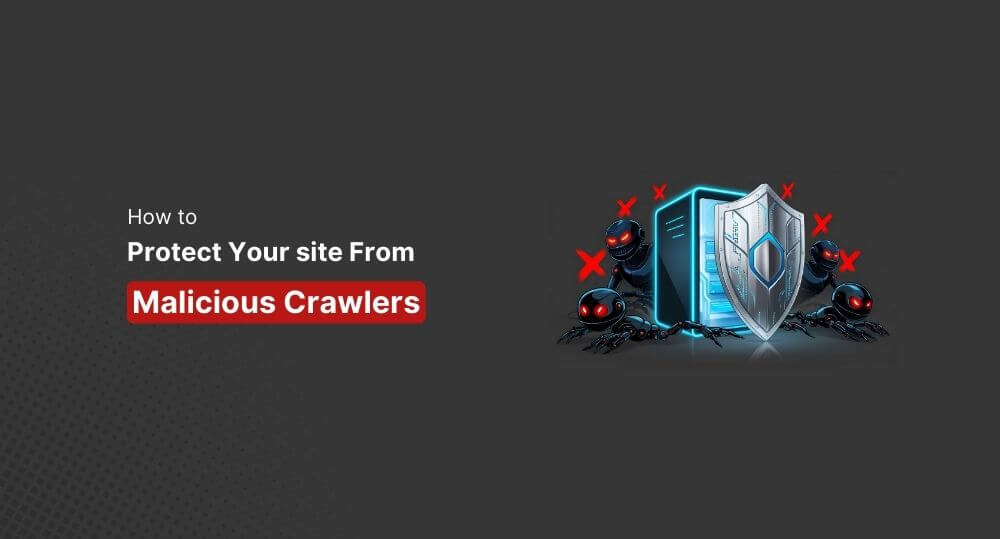
Does your website feel like a house under siege? Malicious crawlers can sneak in, steal data, or overload your site. Let’s lock the doors and keep your site safe!
First, watch for warning signs. Spikes in traffic or strange patterns in your logs could mean trouble. It’s like catching someone peeking through your window.
Next, use smart defenses. Rate-limiting acts as a speed bump, slowing bad bots. CAPTCHAs are like passwords that only humans can crack. Tools like Cloudflare act as your digital guard dog, keeping the bad guys out.
Imagine your website as a fortress. With these defenses, crawlers can huff and puff, but they won’t blow your site down. Protecting your site keeps your real visitors happy and your data safe. Why wait? Start building your walls today!
Tools to Monitor and Manage Web Crawlers
Ever feel like your website is a bustling highway with no traffic control? Web crawlers zoom in, but are they friend or foe? Let’s put you in the driver’s seat!
Feeling overwhelmed by bots? Here are some must-have tools to help you manage them:
- Google Search Console: tracks who visits your site and ensures smooth crawling.
- Screaming Frog: shows how web crawlers view your site and spot issues.
- Sucuri: protects your site from malicious bots and unwanted visitors.
These tools are your web’s dream team: an inspector, a tracker, and a guard. They keep things smooth, safe, and running at full speed.
With the right tools, you can control the crowd. Plus, keep your site safe, and give your real visitors the VIP treatment. Don’t let the bots take over, take charge today!
Wrap-Up
Web crawlers are the invisible workers of the internet. They gather, index, and help your content shine in search results. But, if not managed well, they can slow down your site or cause confusion. Now that you know the 12 most common web crawlers, it’s time to take action.
Start by analyzing your server logs today. The sooner you spot any crawling issues, the quicker you can optimize your site for better performance. Don’t let rogue bots steal your site’s energy!
Want your site to run like a well-oiled machine? Start with the basics, and you’ll see results. So, roll up your sleeves and start managing those crawlers today. Your website will thank you later!
You May Read Also
- Top 27 must have WordPress plugins for every website
- How To Optimize WordPress Website Speed
- How to make a WordPress website in 2025 (Step by Step)
- How to Build a WooCommerce WordPress Website
- Semantic SEO: Everything You Need to Know
FAQs on Web Crawlers
1. How do web crawlers impact SEO?
Web crawlers play a huge role in SEO by indexing your website’s content. The better they crawl and index your pages, the higher the chance your site will appear in search engine results. It improves your site’s visibility and organic traffic.
2. Are all web crawlers safe?
Not all crawlers are safe. Some malicious bots can harm your site by scraping content, overloading your server, or causing security risks. It’s important to block harmful crawlers and monitor your site’s traffic.
3. What is the difference between a bot and a web crawler?
A web crawler is a type of bot that automatically browses the web to index content for search engines. While bots can serve different purposes. Crawlers specifically gather data to help improve search rankings.
4. How can I prevent unwanted web crawlers from accessing my site?
You can block unwanted web crawlers using a robots.txt file, and CAPTCHAs. Or you can use bot protection services like Cloudflare. Bot protection service helps to manage which bots can access your content.
5. What are the benefits of web crawlers for my website?
Web crawlers help your website get discovered by search engines. It also improves your site’s ranking and makes it easier for people to find your content online. Without them, your site would remain invisible to search engines.
6. How can I optimize my site for web crawlers?
Ensure your site has clear navigation, proper metadata, and no broken links. Use XML sitemaps and avoid duplicate content. Make sure your pages load quickly to help crawlers index your site more efficiently.






